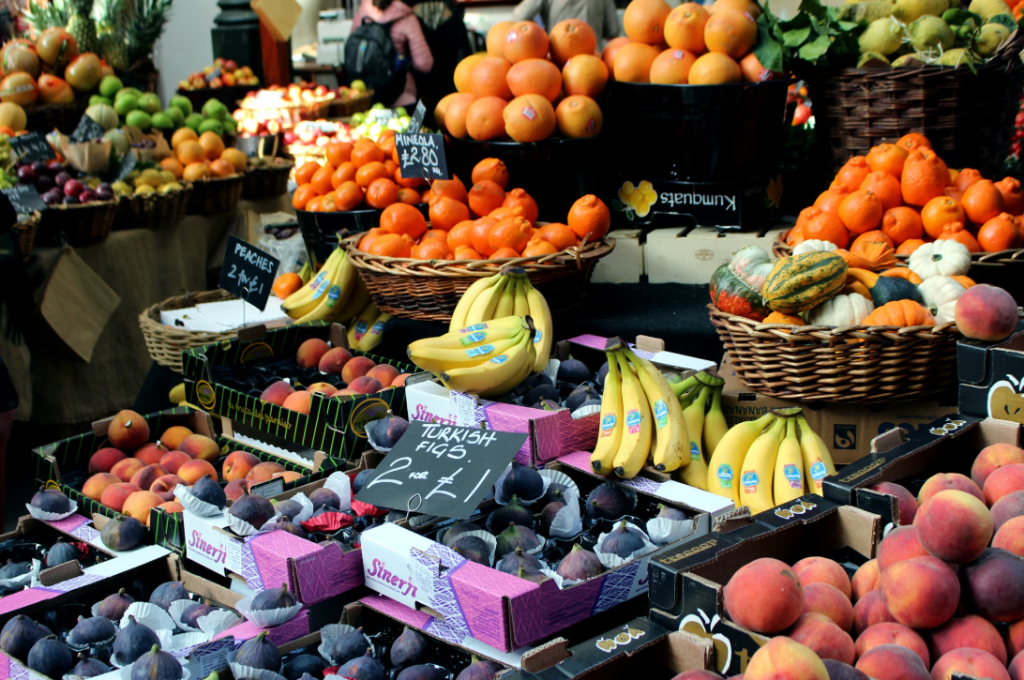
Farm-to-table dining has become one of the most discussed trends in the food industry, not just for its delicious meals but for the philosophy behind it. This movement involves sourcing ingredients directly from local farms and bringing them to the table with minimal processing or transportation. But why has it garnered so much attention, and why is it viewed as the future of food? Let’s break it down.
Introduction to Farm-to-Table Dining
Farm-to-table dining, as the name suggests, is a method of sourcing food that connects consumers directly with local farms. It eliminates the middleman, cutting down on transportation and storage times, ensuring food is as fresh as possible. But farm-to-table isn’t just about food—it’s a shift in how we view food sourcing, sustainability, and community-building.
As consumers become increasingly aware of the environmental, economic, and health impacts of food choices, farm-to-table dining offers an ethical and sustainable approach. It’s a movement that puts fresh, seasonal, and locally sourced ingredients at the center of the plate while fostering strong relationships between farmers, chefs, and consumers.
Understanding the Concept of Farm-to-Table
At its core, farm-to-table dining is all about transparency and freshness. The concept is simple: food travels a much shorter distance, often from the farm directly to the restaurant or consumer. This direct relationship allows chefs and home cooks to create meals with ingredients that are in season and sourced locally. The focus is on building strong connections with local farmers who prioritize sustainability, ethical farming practices, and producing food that is healthier for both the consumer and the planet.
As consumers, we’re becoming more aware of how our food is produced. The farm-to-table approach gives us the opportunity to make more informed choices about what we eat and how it impacts the world around us.
A Shift in Food Culture
Why has this shift occurred? The transition from industrial agriculture to local, sustainable farming practices reflects a broader change in food culture. With concerns about climate change, environmental degradation, and public health on the rise, people are searching for food systems that are more ethical and less reliant on global supply chains. Farm-to-table dining represents a conscious choice to eat better, supporting local economies and reducing the carbon footprint of food production. It’s a movement that aligns with growing environmental and health-conscious attitudes among consumers.
The Growing Popularity of Local Sourcing
One of the key aspects of farm-to-table dining is the focus on local sourcing. By choosing locally produced ingredients, consumers support small, independent farms that are part of the community. This means food is fresher, tastes better, and often has a smaller environmental impact because it doesn’t need to travel long distances. Additionally, local sourcing fosters biodiversity and resilience within the food system, allowing farmers to grow a variety of crops and reduce dependency on monocultures, which are typical of industrial farming systems.
Local sourcing also strengthens food security and community ties, as it supports small-scale, sustainable agricultural businesses that can adapt to changing climates and market conditions.
Benefits of Farm-to-Table Dining
Sustainability and Environmental Impact
Farm-to-table dining is undeniably more sustainable. Traditional food supply chains, especially those relying on industrial agriculture, are a significant source of carbon emissions. From long-distance transportation to extensive packaging, these systems contribute heavily to environmental degradation. By sourcing ingredients locally, farm-to-table reduces the need for refrigeration, transportation, and plastic packaging, which all have harmful effects on the planet.
Moreover, many farm-to-table establishments support regenerative farming practices that prioritize soil health, reduce pesticide use, and foster biodiversity. These practices not only help protect the environment but also create more resilient agricultural systems that can better withstand the challenges posed by climate change.
Economic Advantages for Farmers
For farmers, farm-to-table represents a fairer and more equitable economic model. By selling directly to restaurants or consumers, farmers can earn a better price for their produce compared to the low rates typically offered by large wholesalers or supermarket chains. This increased revenue allows farmers to reinvest in their operations, improve their sustainability practices, and pay their workers better wages.
Additionally, farm-to-table dining supports local economies. When consumers choose to buy from local farmers, they keep money circulating within the community, strengthening local businesses and creating jobs.
Health Benefits for Consumers
Farm-to-table dining isn’t just better for the planet—it’s also better for you. Local, seasonal ingredients are often picked at their peak ripeness, which means they retain more nutrients compared to produce that’s been harvested early for transport. Fresh produce from local farms also tends to be free from synthetic pesticides and fertilizers, which can harm both the environment and human health.
By eating seasonally and locally, consumers are more likely to incorporate a diverse range of foods into their diets. This diversity can promote better nutrition, as seasonal produce provides a wide variety of vitamins, minerals, and antioxidants.
The Challenges of Implementing Farm-to-Table
Supply Chain Issues
While farm-to-table dining offers numerous benefits, it’s not without its challenges. One of the biggest obstacles is the complexity of managing a supply chain that involves smaller, local farms. Unlike large-scale food distributors, which have the infrastructure to transport food on a massive scale, small farms often struggle with the logistics of getting fresh produce into restaurants or homes on a consistent basis. This can lead to supply shortages or price fluctuations.
For restaurants, relying on fresh, local ingredients means that menu items may need to change based on availability, creating unpredictability. Moreover, there are often seasonal gaps in supply, making it difficult to ensure a constant variety of ingredients year-round.
Price Point and Accessibility
While farm-to-table meals are generally fresher and more sustainable, they can also be more expensive. Local farmers don’t have the same economies of scale as large agricultural operations, which means the price of locally sourced food can be higher. This price difference may make farm-to-table dining inaccessible to some people, particularly those on a tight budget.
In addition, farm-to-table dining may not be available everywhere. While urban centers are increasingly embracing the trend, rural and economically disadvantaged areas may have limited access to locally grown food. The challenge, therefore, is ensuring that the benefits of farm-to-table dining are available to all, not just a privileged few.

The Future of Farm-to-Table Dining
Technological Innovations in Farming
The future of farm-to-table dining is closely linked to advancements in farming technology. Innovations such as vertical farming, hydroponics, and aquaponics are making it possible to grow food more efficiently in urban settings. These technologies allow for year-round food production, reducing the reliance on traditional farming cycles and making it easier for city dwellers to access fresh, local produce.
Additionally, blockchain technology is being used to increase transparency in the food supply chain. Consumers can now trace the origin of their food and verify that it’s truly locally sourced and sustainably grown, building trust and accountability in the food system.
Growing Consumer Demand
Consumer demand for healthier, more sustainable food is expected to continue to grow, further driving the farm-to-table movement. As people become more conscious of the environmental and health impacts of their food choices, they will increasingly seek out restaurants and grocery stores that prioritize local, fresh, and sustainable ingredients. This growing demand will encourage more farmers, chefs, and food producers to embrace farm-to-table practices and make them more accessible to a wider range of people.
Conclusion
Farm-to-table dining isn’t just a passing trend—it’s the future of food. By choosing locally sourced, seasonal ingredients, consumers can enjoy fresher, healthier meals while supporting the environment, local economies, and small-scale farmers. While there are challenges, such as supply chain complexities and higher costs, the long-term benefits for both individuals and society as a whole make it a movement worth supporting. As technology advances and consumer demand for transparency and sustainability grows, farm-to-table dining will continue to shape the way we eat and think about food.

FAQs
- What is farm-to-table dining?
- Farm-to-table dining refers to sourcing food directly from local farms, ensuring fresh, seasonal, and sustainably produced ingredients.
- Is farm-to-table dining more expensive?
- It can be more expensive due to the higher cost of local, organic, and small-scale production, but many find the quality and benefits worth the extra cost.
- How does farm-to-table benefit the environment?
- Farm-to-table dining reduces food miles, transportation emissions, and waste, leading to a more sustainable food system.
- Can farm-to-table dining work in urban areas?
- Yes, urban areas are increasingly adopting farm-to-table practices through farmers’ markets, local food delivery services, and restaurants focusing on seasonal ingredients.
- What are some challenges of farm-to-table dining?
- Challenges include supply chain complexity, price differences, and accessibility, particularly in remote areas or during off-seasons.





